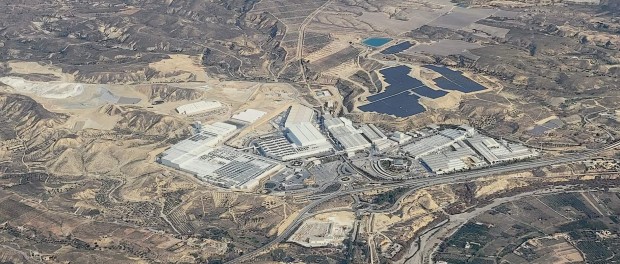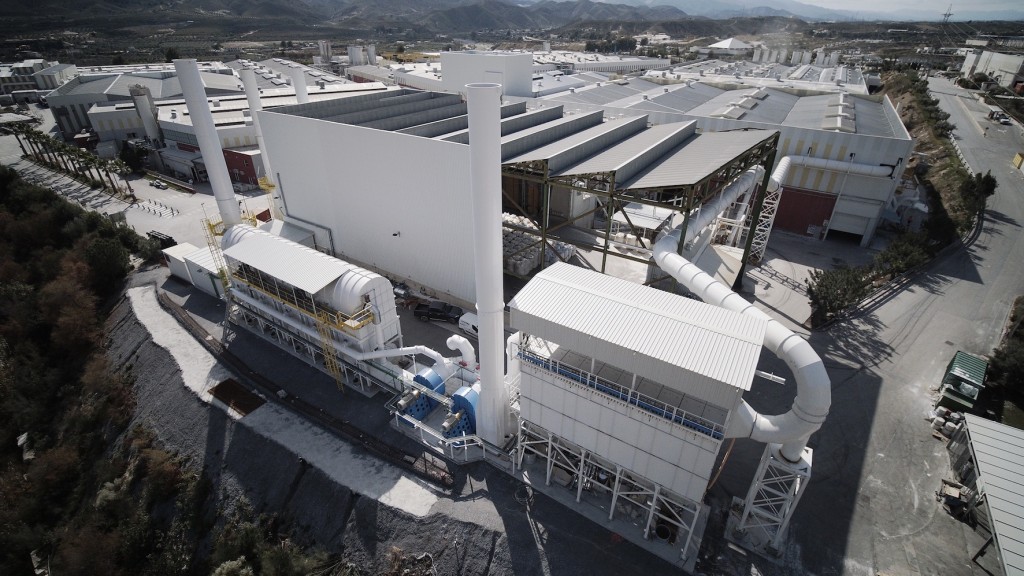Cosentino achieves international recognition for its commitment to sustainability

- The leading multinational company obtains a B rating in the ranking of the Carbon Disclosure Project.
The Cosentino Group, the global leader in the design and manufacture of innovative and sustainable surfaces, has been recognised once again for its strategy against climate change and decarbonisation by being included on the list of the Carbon Disclosure Project (CDP). The company participated in the annual ranking for the first time in 2022, achieving a B rating.
Obtaining this rating is a new achievement for the Cosentino Group. It is the only company in its sector to obtain this recognition and demonstrates the group’s commitment to sustainability and environmental transparency. In its evaluation, the CDP highlighted the firm’s management of its carbon emissions, the integration of sustainability in the organisation, and the measures implemented to mitigate the effects of climate change.
The CDP is a global non-profit organisation that manages the global environmental disclosure system for companies, cities, states and regions. Nearly 20 000 organisations around the world reported data through this platform in 2022, including more than 18 700 companies representing half of the global market capitalisation, and more than 1 100 cities, states and regions.
‘We are very proud to have obtained a level B in our first evaluation with CDP,’ said Antonio Urdiales, Director of Environmental Sustainability of the Cosentino Group. ‘This achievement highlights Cosentino’s strategy in terms of sustainability, and its commitment to the decarbonisation of our processes. It also endorses our commitment to climate change, advancing initiatives, products and solutions with less environmental impact. We will continue working to improve our practices and achieve a higher rating in the future.’
CPD uses a detailed and independent methodology to assess companies, assigning a score from A to D based on the extent of disclosure, awareness and management of environmental risks, and best practices associated with environmental leadership, such as setting ambitious and meaningful long-term goals.







